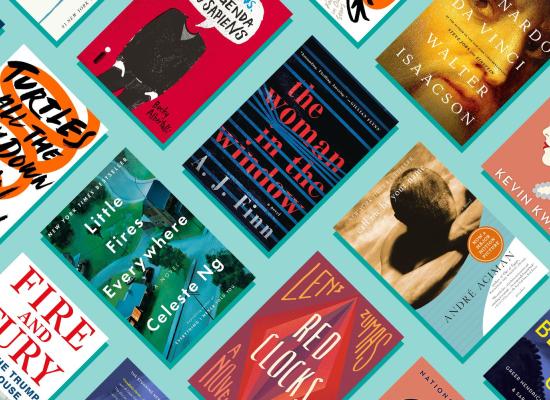
The value of genre-bending
"Genre-benders” are helping literature evolve and, most importantly for voracious readers, they can serve as a bridge into uncharted territory!
It seems with every passing year there are more novels that take a sledgehammer to genre conventions. Well, these “genre-benders” are helping literature evolve and, most importantly for voracious readers, they can serve as a bridge into uncharted genre territories.
One of the best examples over the past couple decades Diana Gabaldon’s Outlander. Hurtled back in time more than two hundred years to Scotland circa 1743, a married nurse named Claire Randall finds herself caught in the midst of an unfamiliar world torn apart by revolution. She also finds herself developing feelings for Jamie Fraser, a young soldier. Is this historical fiction or romance or science fiction or adventure? It’s all of these things! No wonder it has been so popular with readers. It has no doubt also inspired some readers of historical fiction to try more romance and readers who enjoyed the time travel angle to branch into more hardline sci-fi.
There are also authors of literary fiction who have performed similar feats. Cormac McCarthy writes literary novels that follow many conventions of the western genre. With Blood Meridian and No Country For Old Men among his most popular titles, there is no doubt that he has driven more than one professed book snob to a passionate love affair with paperback westerns. The same could surely be said of Margaret Atwood’s dystopian novels as a gateway to sci-fi or Haruki Murakami’s magical realism as a gateway to fantasy.
One new trend in genre-bending I’ve been noticing recently is true crime and memoir. Although they are subjects more than genres per se, the same idea applies. I think the key to true crime that isn’t cheap (or overly exploitative…let’s be honest) is a solid memoir element. The Fact of a Body, which won a ton of prestigious awards last year, managed just that. It follows a young lawyer (the author) as she begins work on the death sentence retrial for murderer Ricky Langley. The case immediately becomes an obsession because she finds parallels between Langley's life and her own, which she chronicles in alternating chapters. It’s a very thought-provoking, well-written book but it is quite disturbing. It is true crime for readers who don’t mind a dark read, but aren’t just there for the grisly details. I’ll Be Gone in the Dark is another memoir-true crime mash up to look out for when it released later this year. It is an account of the Golden State Killer—the elusive murderer who terrorized California for over a decade—from Michelle McNamara, the gifted journalist who died tragically while in the midst of investigating the case. Like The Fact of the Body found a kind of readership and acclaim that has not been achieved by 99.9% of true crime books, I think it is the fact that I’ll Be Gone in the Dark is a “genre-bender” that is giving it buzz in larger literary circles.
If you think about it, most contemporary, big name authors have some genre-bending elements in their work. Stephen King isn’t just horror, many of his stories could also easily be described as historical fiction or fantasy. Neil Gaiman isn’t just fantasy; he dabbles in horror, adventure, literary fiction and even juvenile fiction. Nora Roberts rarely writes just romance anymore; she writes romantic suspense, historical romance, romance with a women’s fiction angle, and even fantasy where the romance is somewhat incidental like in Year One.
Sometimes, it seems as though the arguments about genre — be it genre fiction vs. literary fiction, sci-fi vs. fantasy, mystery vs. suspense — will never end. The great thing about genre-bending books is not just that they shake up genre categorization, but they also help to undermine any preconceived ideas about the kind of person who reads a particular genre. They are literary equalizers. The only downside I see with this trend toward genre-bending, at least from the library’s perspective anyway, is that determining what genre label to add to a book spine has suddenly become an exercise in futility.
All of the books mentioned here can be reserved from your branch of the County of Lennox & Addington Libraries or online here.
This article was originally published in the February edition of Cover to Cover in The Napanee Guide.
